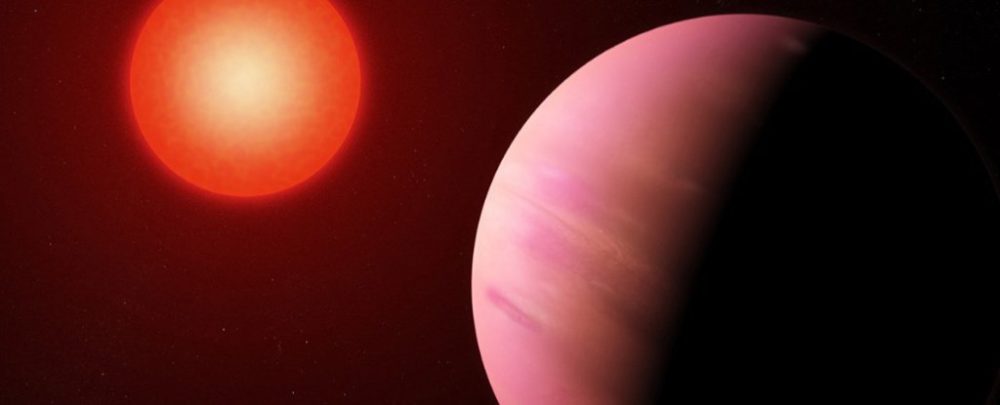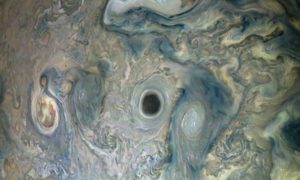NASA’s Scientists have discovered a planet, twice the size of Earth that host liquid water on its surface. This data was released from NASA’s Kepler space telescope, which ran out of fuel in October. The planet, K2-288Bb, is located within its star’s habitable zone, that is why it is believed to host liquid water on its surface. Scientists described its size as an unusual one for exoplanet( the term for a planet that orbits a star outside the solar system). Few planets that orbit close to their stars are more than 1.5 times larger Earth. But K2-288Bb is estimated to be roughly 1.9 times the size of the Earth.
Related: TESS Discovers Its Third Small Planet Outside Our Solar System
According to the NASA release, the planet is half the size of Neptune and could be gaseous or rocky instead. K2-288Bb, in the Taurus constellation Reticulum, is estimated to be 226 light-years away. This new planet orbits the smaller of the two cool stars in the stellar system known as K2-288. The dimmer of the stars, which are about 5.1 billion miles apart, is one-third as massive as the Sun, while the brighter one to half the size of the Sun, according to NASA release.
“It’s a very exciting discovery due to how it was found, its temperate orbit and because planets of this size seem to be relatively uncommon, a student of the University of Chicago said in a NASA news release.
Kepler was launched on March 7, 2009. After nine years of operation, the reaction control system fuel of the telescope was depleted, and NASA announced it dead on October 30, 2018. However, Kepler’s telescope is so powerful that it could detect one person in a small town turning off a porch light at night from its view up in space. Also, it has discovered more than 2,600 confirmed planets, about 50 of which may be similar to the Earth in terms of size and temperature. Data from Kepler has enabled the scientists to study whether a planet possesses a solid surface, like Earth, or a gaseous one, like Jupiter. Moreover, it has also increased the chances of finding Earth-like planets that may sustain life. Since Kepler is no more working for planets, NASA is planning to launch a new space telescope which will aid the search. Named as the Transiting Exoplanet Survey Satellite, in short TESS is designed to search for exoplanets using the transit method in an area 400 times larger than that covered by the Kepler mission. It was launched on April 18 with the primary mission objective to survey the brightest stars near the Earth for transiting exoplanets over a two-year period. Scientists believe that it will examine 200,000 nearby stars and will look for rocky, Earth-size planets.
Related: NASA Juno Caught a Volcano Erupting on Jupiter’s Moon IO
“We learned from Kepler that there are more planets than stars in our sky, and now TESS will open our eyes to the variety of planets around some of the closest stars,” Paul Hertz, the director of NASA’s astrophysics division, said in March.”TESS will cast a wider net than ever before for enigmatic worlds.”
Source: Science Alert

















